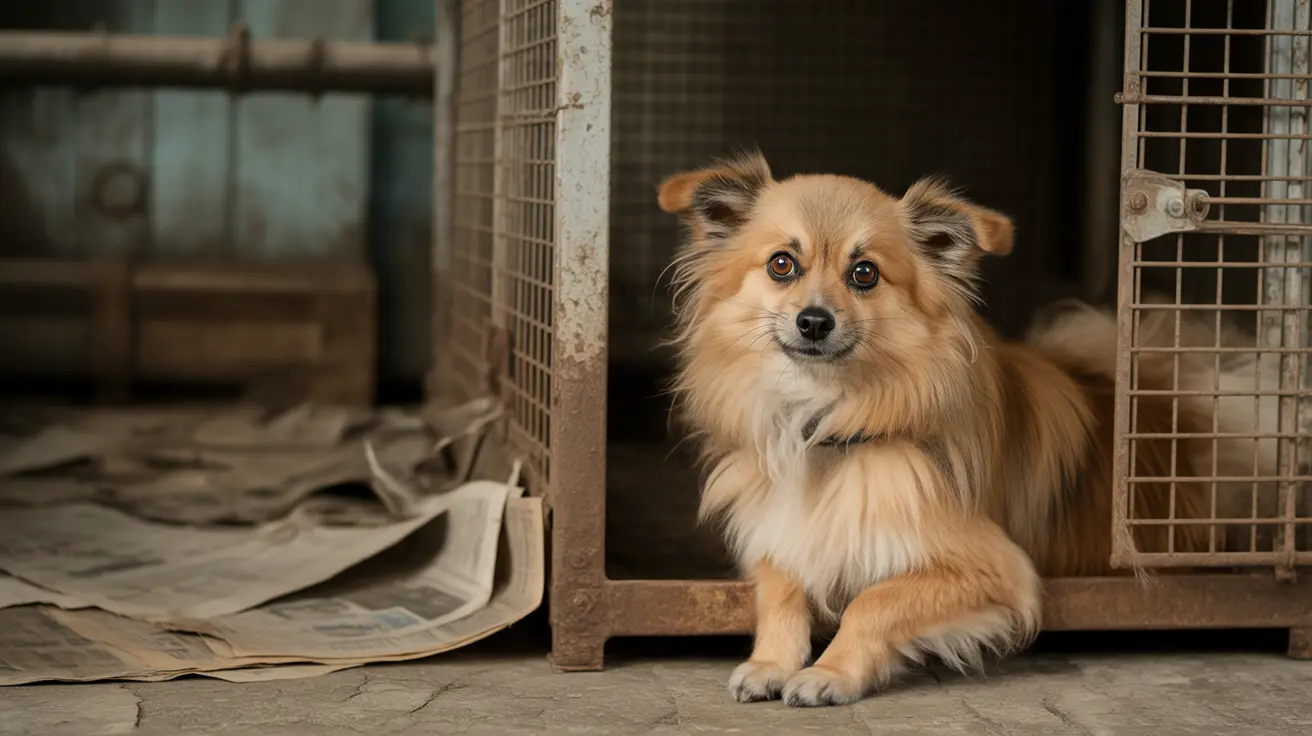Eosinophilic granuloma in cats is a complex inflammatory skin condition that can cause significant discomfort for our feline friends. This condition, part of the eosinophilic granuloma complex (EGC), occurs when specific white blood cells called eosinophils accumulate in the skin, creating distinctive lesions and inflammation.
If you're a cat owner, understanding this condition is crucial for early detection and proper management. Let's explore everything you need to know about eosinophilic granuloma in cats, from its causes to effective treatment options.
What is Eosinophilic Granuloma in Cats?
Eosinophilic granuloma is part of a group of related skin disorders that affect cats. These conditions occur when eosinophils, specialized white blood cells involved in allergic responses, gather in the skin tissue. The resulting inflammation can create raised, yellowish-pink lesions that may appear anywhere on your cat's body.
Common Types of Lesions
Eosinophilic Granuloma
These appear as raised, linear lesions, often found on the back legs or in the mouth. They have a distinctive yellowish-pink color and firm texture.
Eosinophilic Plaque
These lesions are typically flat, raised, and moist. They commonly appear on the belly or thighs and can be extremely itchy for your cat.
Indolent Ulcer
Also known as rodent ulcers, these appear as erosions on the upper lip and rarely cause pain despite their concerning appearance.
Causes and Risk Factors
Several factors can trigger eosinophilic granuloma in cats:
- Allergic reactions to flea bites
- Food allergies
- Environmental allergens
- Genetic predisposition
- Immune system disorders
Diagnosis Process
Veterinarians diagnose eosinophilic granuloma through several methods:
- Physical examination
- Skin biopsies
- Blood tests
- Allergy testing
- Response to trial treatments
Treatment Options
Treatment typically involves a multi-faceted approach:
- Identifying and eliminating underlying allergic triggers
- Corticosteroids to reduce inflammation
- Antibiotics for secondary infections
- Immunosuppressive medications in severe cases
- Regular flea prevention
- Dietary modifications when food allergies are suspected
Prevention and Management
Long-term management of eosinophilic granuloma includes:
- Regular veterinary check-ups
- Strict flea control measures
- Allergen avoidance
- Prompt treatment of any flare-ups
- Dietary management when necessary
Frequently Asked Questions
What are the common causes of eosinophilic granuloma in cats?
The most common causes are allergic reactions, particularly to flea bites, food allergies, and environmental allergens. Some cats may also have a genetic predisposition to developing these lesions.
How is eosinophilic granuloma complex in cats typically diagnosed?
Diagnosis typically involves a physical examination, skin biopsies, blood tests, and sometimes allergy testing. Veterinarians may also use response to trial treatments to confirm the diagnosis.
What are the most effective treatments for eosinophilic granuloma in cats?
The most effective treatments include corticosteroids to reduce inflammation, elimination of underlying allergic triggers, and in some cases, immunosuppressive medications. Treatment plans are typically customized based on the severity and cause of the condition.
How can pet owners manage and prevent recurrence of eosinophilic granuloma in their cats?
Prevention involves strict flea control, identifying and avoiding allergens, maintaining a proper diet, and regular veterinary check-ups. Early intervention at signs of recurrence is also crucial.
Can eosinophilic granuloma lesions in cats heal on their own, or do they always require treatment?
While small, minor lesions may occasionally heal on their own, most cases require veterinary treatment to properly resolve and prevent recurrence. Leaving lesions untreated can lead to complications and discomfort for your cat.
Conclusion
Eosinophilic granuloma in cats is a manageable condition with proper veterinary care and ongoing management. Early recognition of symptoms and prompt treatment are key to successful outcomes. If you notice any unusual skin lesions on your cat, consult with your veterinarian for proper diagnosis and treatment.






